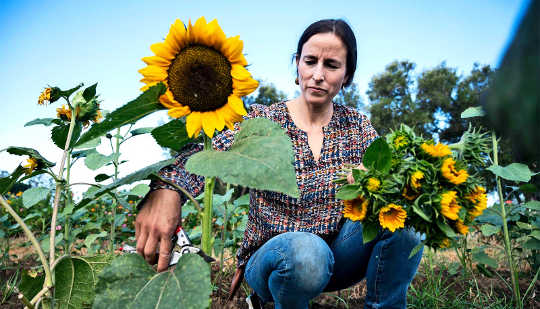
Gardening should be thought of as a public health need, one that could serve communities in future pandemics or disasters. We need to change the narrative of how urban gardening is framed and elevate it to a key strategy for both environmental and public health
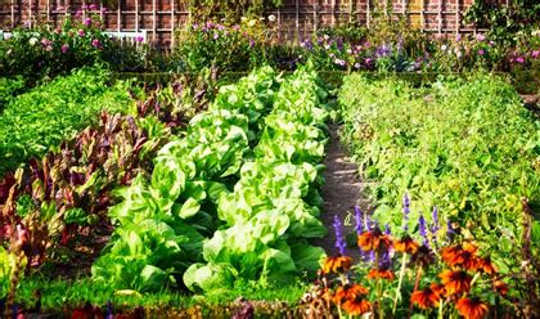
New research shows how regenerative farming practices—soil-building techniques that minimize plowing, use cover crops, and plant diverse crops—affect the nutritional content of the food.
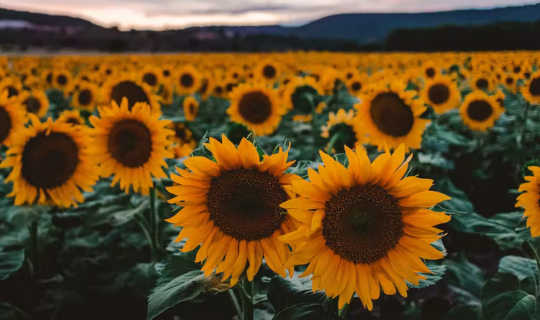
Flowers are one of the most striking examples of diversity in nature, displaying myriad combinations of colours, patterns, shapes and scents. They range from colourful tulips and daisies, to fragrant frangipani and giant, putrid-smelling corpse flowers.

Plants are flowering about a month earlier in the UK due to climate change. That’s according scientists at the University of Cambridge, who recently analysed the first flowering dates of 406 species and found a link to warmer temperatures in spring.
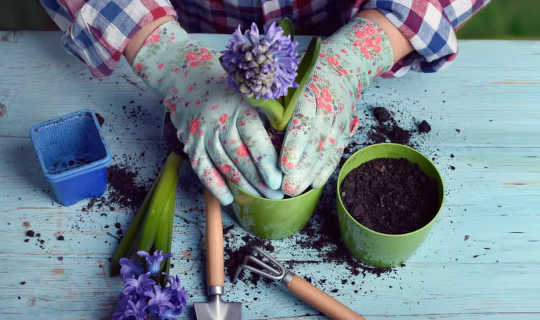
Peat has been a staple ingredient of composts sold in British garden centres since the 1960s, even though it’s not actually that nutritious for plants.
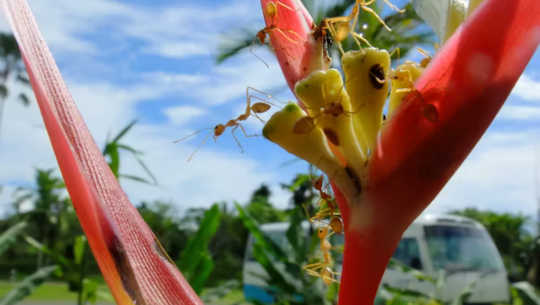
To survive on land, plants had to protect themselves from UV radiation and develop spores and later seeds which allowed them to disperse more widely. These innovations helped plants become one of the most influential lifeforms on Earth.
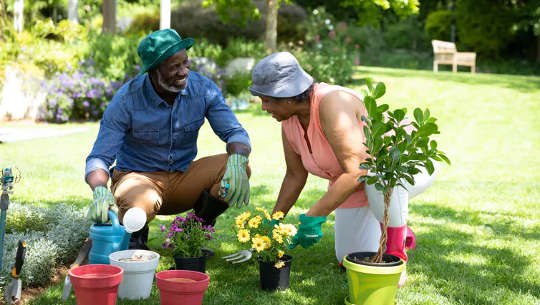
Here are five ways of using your garden that research suggests can improve your mental health. If you have access to an outdoor space and have been finding things difficult, you could try these out to boost your mood.
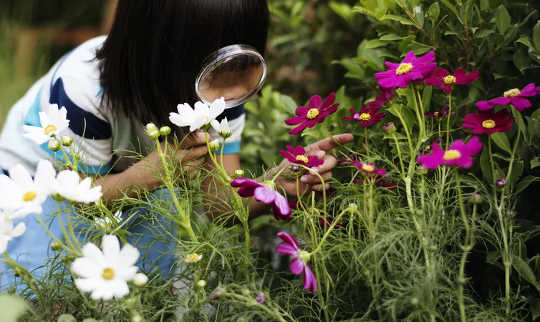
During lockdowns, millions of homes were transformed into mini schools as parents and teachers joined forces to facilitate remote learning. The experience proved education doesn’t only happen in classrooms.
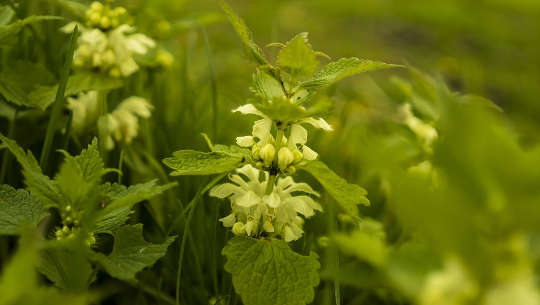
As an herbalist I have a very different view of weeds than the average gardener who can’t abide common garden weeds such as nettle, dandelion and plantain. These plants and many more of our garden weeds are nutritious and full of minerals and beneficial medicinal properties.
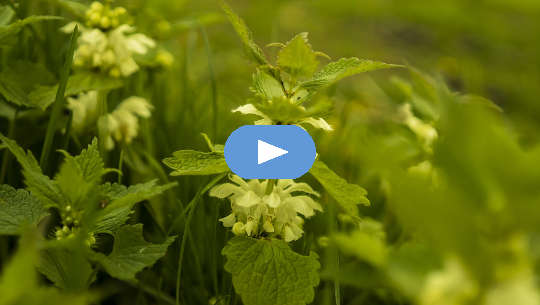
As an herbalist I have a very different view of weeds than the average gardener who can’t abide common garden weeds such as nettle, dandelion and plantain. These plants and many more of our garden weeds are nutritious and full of minerals and beneficial medicinal properties.
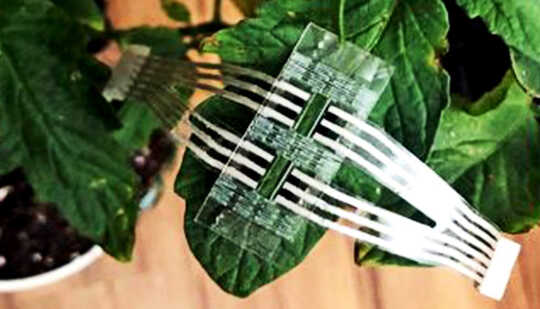
Researchers have developed a new patch that plants can “wear” to continuously monitors for diseases or other stresses, such as crop damage or extreme heat.
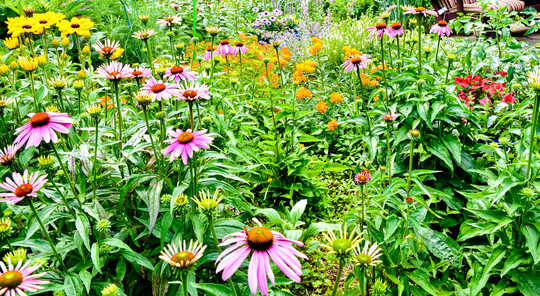
In building cities, we have created some of the harshest habitats on Earth — and then chosen to live in them.
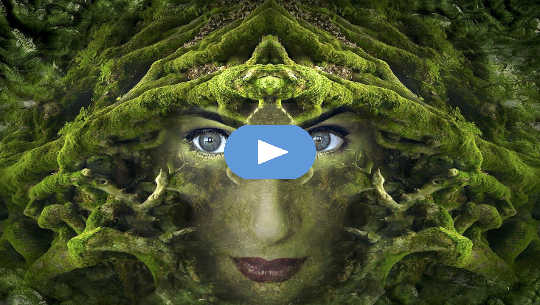
Since we are part of nature, like the plants and the animal kingdom, we have the capacity for learning the subtle whispers of nature and communicating with the natural world that surrounds us. We each have the innate ability to perceive the language of nature...

Now that over 61 per cent of Canadians have received their first dose of the COVID-19 vaccine, we’re on our way to herd immunity. Unfortunately however, this trend could be at risk as a result of vaccine misinformation, which has made some people hesitant to get a vaccine.
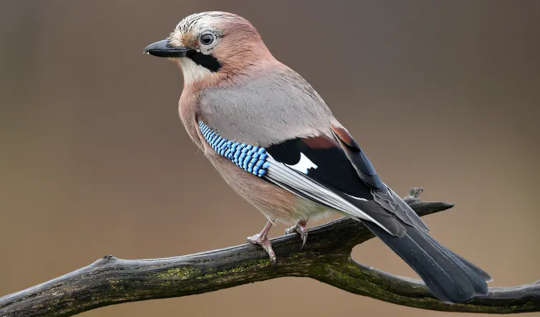
Magic tricks can teach us about how the brain works. Magic capitalises on very specific blind spots in people’s attention and perception so the techniques that magicians use to trick audiences are particularly interesting to psychologists like me.
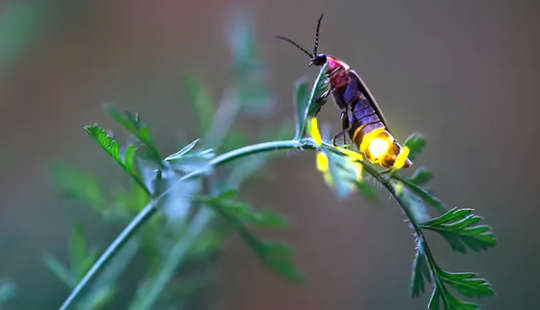
Before humans invented fire, the only things that lit up the night were the moon, the stars and bioluminescent creatures – including fireflies.
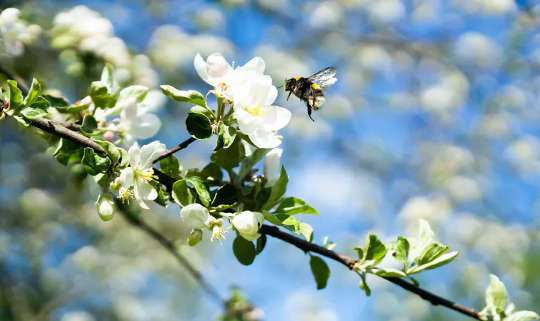
Humanity has always had a rocky relationship with wasps. They are one of those insects that we love to hate. We value bees (which also sting) because they pollinate our crops and make honey

When you think about soil, you probably think of rolling fields of countryside. But what about urban soil? With city dwellers expected to account for 68% of the world’s population by 2050, this oft forgotten resource is increasingly important.
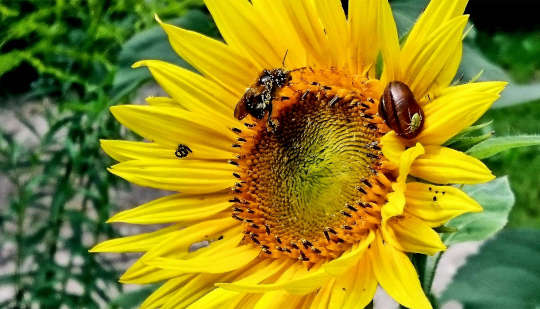
Insects are attracted to landscapes where flowering plants of the same species are grouped together and create big blocks of color, according to new research.
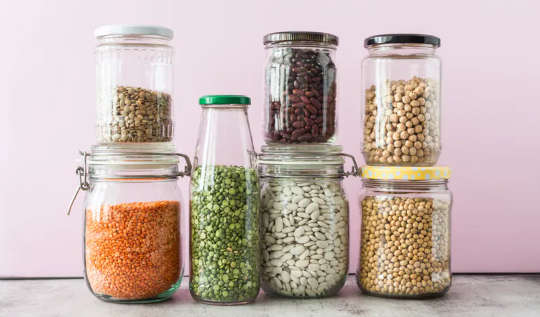
Peas, lentils, chickpeas, beans and peanuts: if it comes in a pod then chances are it’s a legume. These unassuming food crops have a special ability that makes them fairly unique in the plant kingdom.
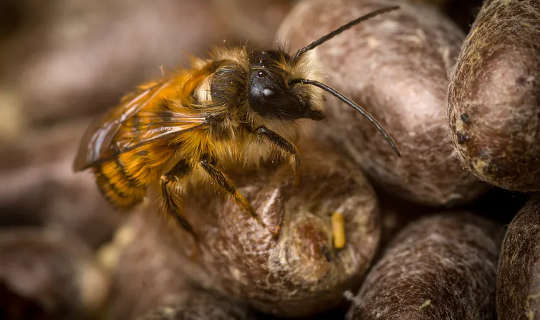
Wild bees are essential for sustaining the landscapes we love. A healthy community of wild pollinators ensures that most flowering plants have an A-team pollinator species and a reserve bench of backups. Honeybees – just one bee species among many – can’t do the job by themselves.

Flowers of plants pollinated by animals display some of nature’s most astonishing variation in colour, scent and shape. But how has this outstanding diversity evolved?
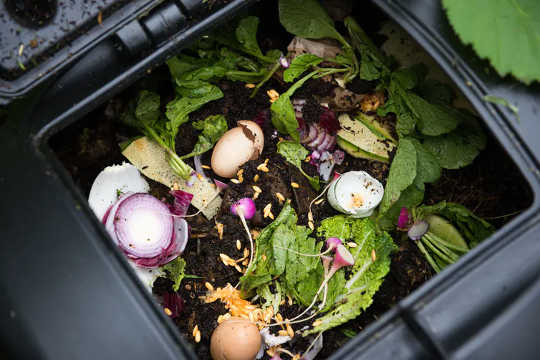
Composting is fairly simple, but it’s important to get it right. Otherwise, your compost mix may be too slimy or smelly, or attract vermin.















